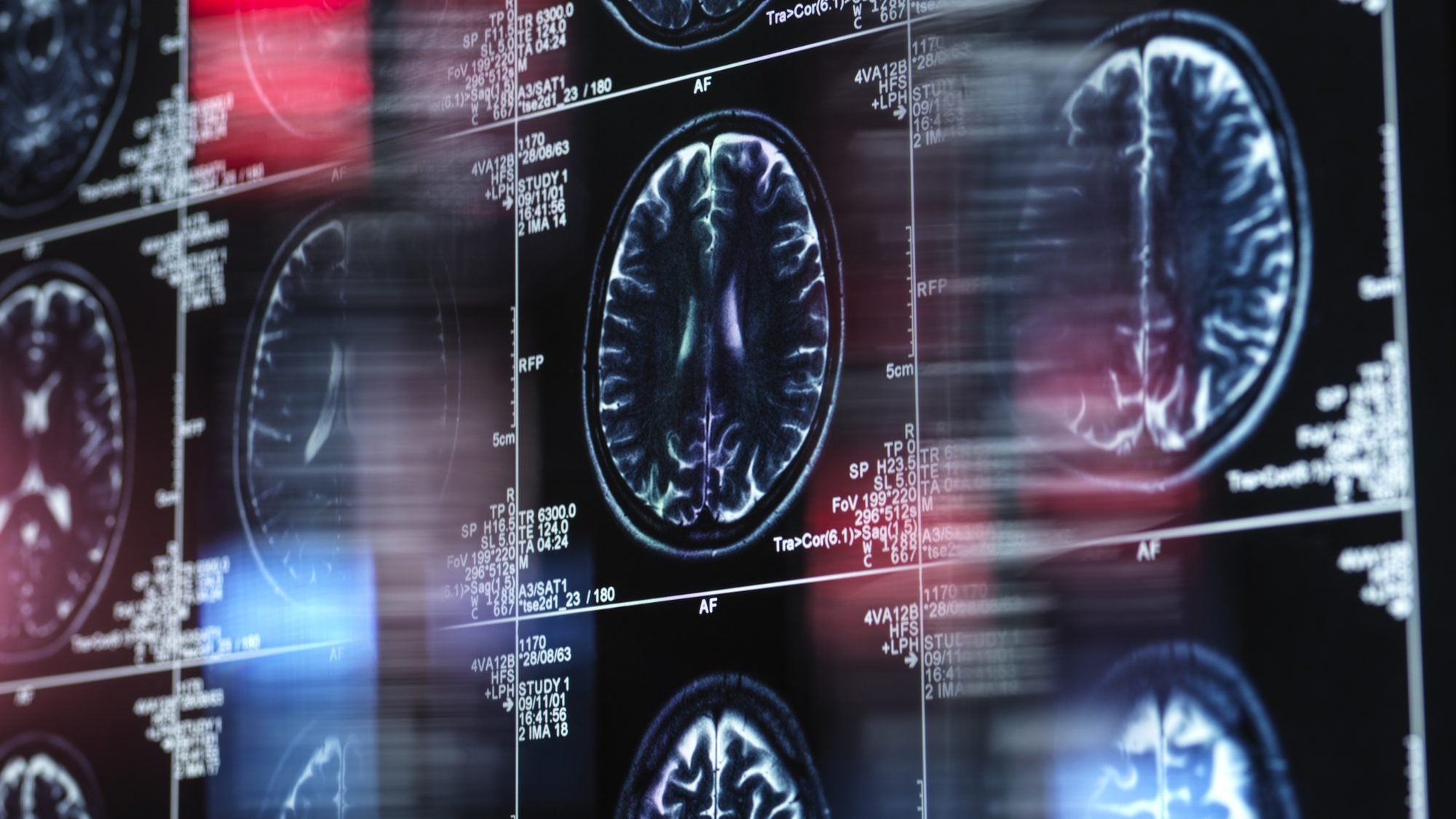
US biopharma company Meilleur Technologies has entered a research collaboration agreement with the Alzheimer’s Disease Neuroimaging Initiative 4 (ADNI4) to investigate the use of Meilleur’s [F-18]NAV-4694, an investigational imaging agent, in positron emission tomography (PET) scans.
The partnership will assess and determine the presence and extent of amyloid plaque accumulation in the brain, a hallmark of several neurodegenerative diseases such as Alzheimer’s disease (AD).
In April of this year, Navidea Biopharmaceuticals signed an asset purchase agreement that allows Meilleur to acquire certain assets and responsibilities related to the development and commercialisation of NAV-4694.
The agreement granted Meilleur an exclusive licence to develop and commercialise NAV-4694 anywhere in the world.
Recent advancements in diagnostic tools, including blood-based biomarker tests and AI-powered analysis have transformed early detection capabilities in AD.
Dementia cases are forecast to almost triple by 2050, meaning there is a large market for diagnostic, treatment, and preventative care devices. As of September 18, 2023, there are currently 76 active AD IVD devices in the pipeline and ten devices undergoing clinical trials, according to GlobalData.
How well do you really know your competitors?
Access the most comprehensive Company Profiles on the market, powered by GlobalData. Save hours of research. Gain competitive edge.

Thank you!
Your download email will arrive shortly
Not ready to buy yet? Download a free sample
We are confident about the unique quality of our Company Profiles. However, we want you to make the most beneficial decision for your business, so we offer a free sample that you can download by submitting the below form
By GlobalDataLast month, Mitsubishi Electrical joined Okayama University and Osaka University on a collaborative project to build a magnetic particle imaging device to assess the likelihood of AD developing.
The device uses magnetic particles that bind to amyloid-β to image the accumulation and distribution of amyloid-β in the brain, potentially detecting AD before a patient develops symptoms.



